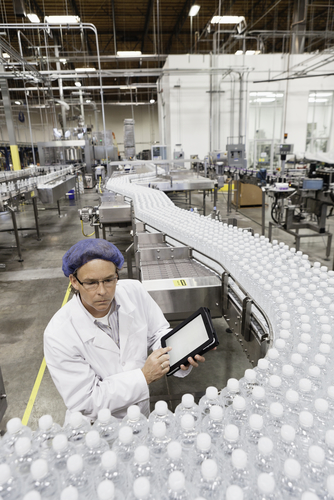If you’re thinking of upgrading equipment or renovating your facility, it’s critical that food safety requirements are met in the process. Most manufacturers are taking a proactive role in ensuring equipment is engineered for optimal cleaning and sanitizing to meet all safety regulations, but it’s important that all plant stakeholders who play a role in food safety have input.
Plant managers and food processing engineers often have to balance tight budgets with the challenge of meeting the stringent food safety requirements. If you’re planning an upgrade or renovation for your plant, sit down with your food processing design firm to address these issues:
1. Start with an internal audit of your existing facility and prepare a risk matrix based on the likelihood of a food safety breach, including potential timing and costs
2. Prioritize your upgrade or renovation projects based on this risk matrix. Consider the ROI specifically for food safety improvements based upon the risk of not making the improvement or repair
3. Sanitary requirements for equipment upgrades and modifications should be addressed at the outset with manufacturers, covering everything from food contact surfaces to CIP
4. Challenge old-school thinking and hire and recruit new talent and consultants who have knowledge in food safety issues based on real-world experience.
5. Determine root causes of potential violations in risk areas and address them in their entirety. Band-Aid approaches don’t work. For example, changing air filters due to bacteria, mold spores or allergens will not “fix” the problem. You must look at the root cause of the problem, which may include equipment such as hygienic air units and other potential causes of airborne contaminants.
If you’re planning for equipment upgrades or renovations and want to ensure you cover all food safety issues in the process, please email me at foodforthought@stellar.net.



